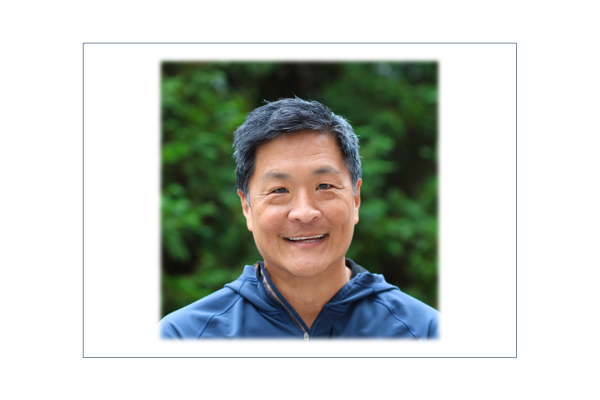
Edward Awh
Ed Awh is a professor in the Department of Psychology, The Institute for Mind and Biology, and the Grossman Institute for Neuroscience, Quantitative Biology and Human Behavior. His laboratory focuses on behavioral and neural studies of memory and attention. Dr. Awh’s lab employs psychophysics, EEG, and functional MRI to learn about the neural mechanisms underlying these basic cognitive processes and the relationship between these processes and other cognitive functions. Recent work has focused on the use of neural decoding techniques to track the contents of online memories and the locus of covert attention.
Content-independent pointers mediate storage in working memory
Although past neural studies of working memory (WM) have focused on stimulus-specific activity that tracks the stored feature values, a separate line of evidence has revealed neural signals that track the number of items in WM, independent of the contents of those items. Thus, a common neural signature of WM load has been identified for highly distinct visual features, and even across visual and auditory sensory modalities. Our working hypothesis is that these content-independent load signals reflect the operation of spatiotemporal “pointers” that enable the binding of stored items to the surrounding event context, a process that is critical for precise access online memories despite high levels of proactive interference. This hypothesis predicts that pointer deployment is a key limiting factor for WM capacity. To test this prediction, we applied representational similarity analysis (RSA) to EEG data to determine the number of pointers deployed across set sizes that ranged from 1 to 8 items. We observed a “neural load” function that rises with increasing numbers of stored items, while controlling for differences in sensory energy and spatial attention. Critically, this function differed sharply as a function of individual differences in WM capacity. Subjects with higher capacity showed a monotonic rise in the number of pointers deployed that leveled off at higher set sizes. By contrast, low capacity subjects showed an initial rise followed by a sharp decline in the number of pointers deployed at higher set sizes. This empirical pattern dovetails with past behavioral and neural studies that have documented increased costs for low capacity observers as the number of memoranda exceeds capacity. We conclude that content-independent indexing is a core component of individual differences in WM ability.
